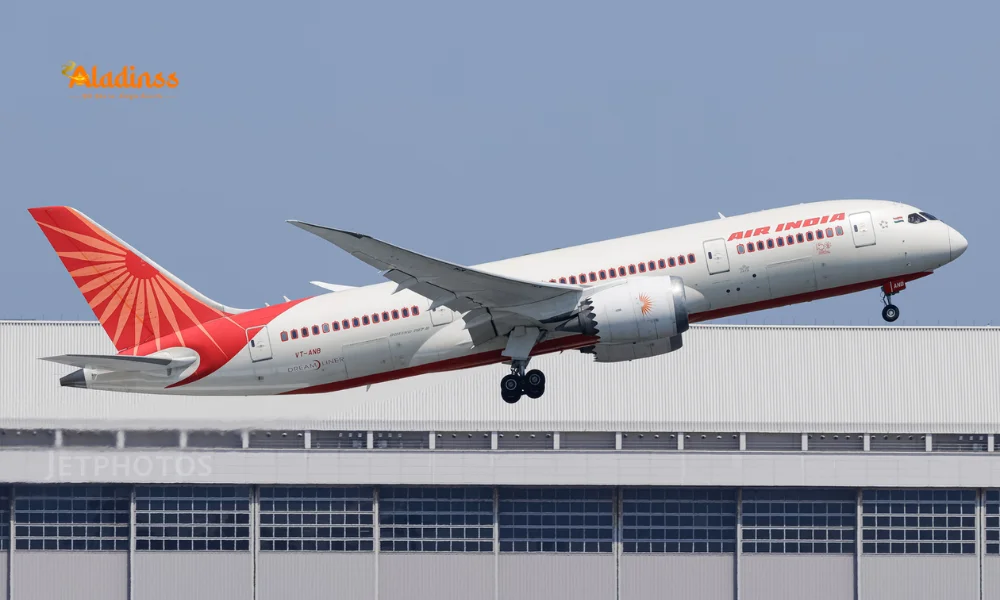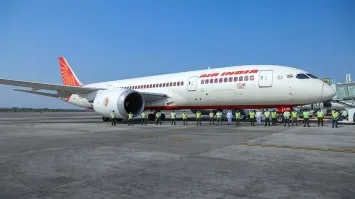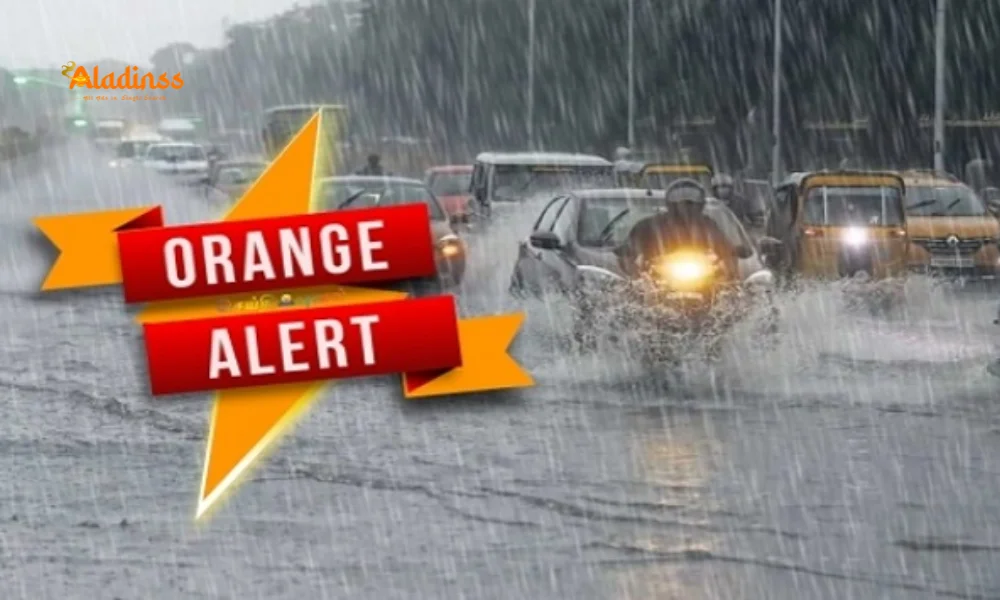DGCA to Conduct 15% More Safety Checks in 2025 After Air India Crash

DGCA to Conduct 15% More Safety Checks in 2025 After Air India Crash
The Directorate General of Civil Aviation (DGCA), India’s aviation safety regulator, has announced plans to increase its safety inspections by 15% in 2025, raising the total number of checks to 4,630 from 4,027 in 2024, according to sources cited by NDTV on September 1, 2025. This decision comes in the wake of a tragic Air India plane crash in Ahmedabad on June 12, 2025, which killed 260 people, prompting heightened scrutiny of aviation safety standards across the country. The DGCA’s intensified surveillance will focus on critical areas such as aircraft maintenance, pilot standards, and airport safety, addressing deficiencies identified during recent inspections. This move underscores India’s commitment to aligning with global aviation safety standards and preventing future tragedies.
Background of the Air India Crash
The catalyst for the DGCA’s increased oversight was the catastrophic crash of Air India Flight AI171, a Boeing 787-8 Dreamliner, which crashed moments after takeoff from Ahmedabad’s Sardar Vallabhbhai Patel International Airport on June 12, 2025. The London-bound flight plowed into a medical college hostel, resulting in the deaths of 229 passengers, 12 crew members, and 34 people on the ground. Preliminary findings from the Aircraft Accident Investigation Bureau (AAIB) suggest a combination of mechanical issues and operational lapses, including the unintended flipping of both engine fuel-control switches to the “CUTOFF” position, which starved the engines of fuel. This tragedy, one of India’s deadliest aviation disasters, exposed systemic vulnerabilities in the country’s aviation ecosystem, prompting urgent action from the regulator.
In response, the DGCA launched a comprehensive surveillance operation on June 24, 2025, targeting major airports such as Delhi and Mumbai. The inspections revealed multiple safety lapses, including recurring aircraft defects, unsecured life vests, faded runway markings, and non-compliance with maintenance protocols. These findings underscored the need for a more robust and integrated approach to safety oversight, leading to the DGCA’s decision to expand its 2025 surveillance program.

Details of the 15% Increase in Safety Checks
The DGCA’s 2025 surveillance plan, as reviewed by Hindustan Times, will see the regulator conduct 4,630 safety checks, a 15% increase from the 4,027 checks performed in 2024. These inspections will cover a broad spectrum of aviation operations, including aircraft maintenance, pilot training and standards, airport infrastructure, air traffic control (ATC), communication and navigation systems, and pre-flight medical evaluations. The expanded checks aim to proactively identify and address systemic issues, moving beyond the traditional siloed approach to safety assessments. This holistic strategy aligns with the International Civil Aviation Organization’s (ICAO) Annex 19 principles, emphasizing a data-driven, risk-based approach to fostering a positive safety culture.
The DGCA’s inspections will be conducted by multidisciplinary teams, including experts from air safety, airworthiness, flight standards, aerodrome standards, and air navigation divisions. In some cases, external specialists may be involved to ensure thorough evaluations. The audits will occur routinely as part of annual assessments or in response to specific triggers, such as serious incidents, regulatory violations, or ICAO findings. Entities subject to these audits, including airlines, airports, maintenance, repair, and overhaul (MRO) providers, and ground handling agencies, will receive three to fourteen days’ notice, except in urgent cases where inspections may be unannounced.
Findings from the June 2025 Surveillance
The DGCA’s June 24 surveillance revealed a range of deficiencies across India’s aviation sector. At one airport, the runway’s center line markings were faded, and the green center lights on a rapid exit taxiway were not unidirectional, posing potential risks to aircraft navigation. Obstruction limitation data had not been updated for three years, despite new constructions near the aerodrome, and vehicles in the ramp area lacked speed governors, compromising safety. On the aircraft side, issues included recurring defects that were not adequately addressed, indicating ineffective monitoring by maintenance teams. For instance, a domestic flight was delayed due to worn-out tires, and a simulator used for pilot training did not match the aircraft’s configuration, undermining training efficacy.
Maintenance lapses were particularly concerning. The DGCA noted that work orders were not followed, unserviceable systems like thrust reversers and flap slat levers were not properly locked, and aircraft maintenance engineers (AMEs) failed to adhere to safety precautions outlined in the Aircraft Maintenance Manual (AMM). In some cases, defect reports generated by aircraft systems were not recorded in technical logbooks, and a corrosion-resistant tape on a Boeing 787’s winglet was found damaged. Ground handling equipment, such as baggage trolleys and belt loaders, was also deemed unserviceable, highlighting systemic issues in operational oversight.
Response to Identified Deficiencies
The DGCA has mandated that all entities involved—airlines, airports, MROs, and ground handlers—submit corrective action plans within seven days of receiving audit findings. These plans will be closely monitored to ensure compliance, with enforcement actions promised for unresolved issues. The regulator’s statement emphasized that “ineffective monitoring and inadequate rectification action” contributed to repeated defects, underscoring the need for stricter adherence to safety protocols. In one instance, an airline was instructed to cancel a domestic flight until safety issues were resolved, demonstrating the DGCA’s commitment to prioritizing passenger safety over operational pressures.
The DGCA’s findings have also prompted targeted interventions. For example, Air India was directed to conduct additional safety inspections on its Boeing 787 fleet, focusing on fuel parameter monitoring, engine control systems, and power assurance checks. These measures, implemented immediately after the Ahmedabad crash, revealed no major issues with the fleet’s airworthiness but highlighted maintenance coordination gaps that the airline was advised to address. The DGCA’s proactive stance aims to restore public confidence in India’s aviation sector, which has faced scrutiny following the crash and other recent incidents.
Broader Context and Challenges
India’s aviation sector is one of the fastest-growing globally, with record aircraft orders and a projected passenger traffic of 300 million annually by 2030. However, this rapid expansion has strained infrastructure and oversight mechanisms, as evidenced by a parliamentary panel’s February 2025 report, which flagged a staffing crisis at the DGCA. Nearly half of the technical posts at the regulator and the Bureau of Civil Aviation Security (BCAS) remain vacant, posing an “existential threat” to safety oversight. The Directorate of Airworthiness (DAW), responsible for aircraft inspections, is operating at 43% capacity, raising concerns about the quality and thoroughness of audits.
The DGCA has responded by fast-tracking recruitment and deploying additional inspectors to bolster its oversight capabilities. The regulator’s new “comprehensive special audit” framework, launched in June 2025, aims to move beyond siloed inspections by evaluating the entire aviation ecosystem holistically. This includes airlines, MROs, flight training organizations, and air navigation service providers. The framework, described as a “paradigm shift,” seeks to align India’s safety standards with ICAO’s Global Aviation Safety Plan, ensuring resilience and compliance amid the sector’s growth.
Industry and Public Response
The DGCA’s announcement has been met with cautious optimism by industry stakeholders, who acknowledge the need for stricter oversight but warn of implementation challenges. Aviation experts have long criticized systemic neglect and poor enforcement, with some arguing that the regulator’s reliance on reactive measures, triggered by incidents like the Ahmedabad crash, highlights deeper structural issues. The DGCA’s 2024 performance review noted an increase in AIRPROX incidents—cases where aircraft come dangerously close to one another—to 2.36 per million flights, exceeding the target of 1.89, signaling persistent safety gaps.
Public confidence in air travel has also been shaken, with a recent survey indicating that 64% of passengers reported rough flights in the past three years, raising concerns about regulatory oversight. The DGCA’s commitment to sharing best practices and recognizing exemplary safety efforts aims to foster a culture of continuous improvement. However, addressing staffing shortages and ensuring consistent enforcement will be critical to the success of the expanded safety checks.
Comment / Reply From
No comments yet. Be the first to comment!











